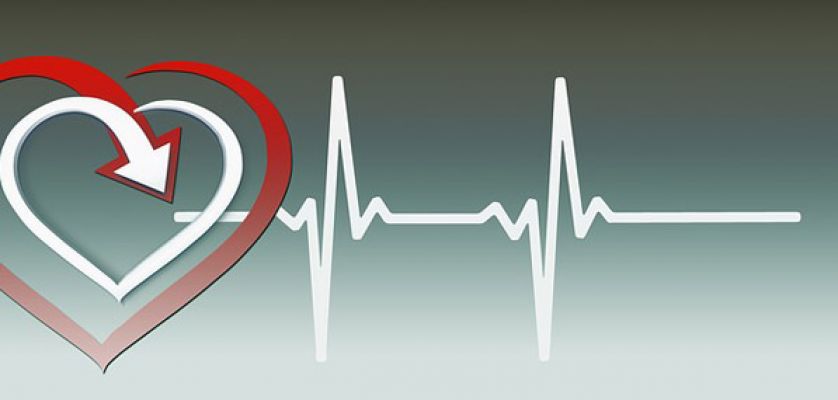Nowadays when it comes to training we have two options: to do it with the help of a heart rate monitor on the wrist or without it. Where is the main difference between training with the help of a sports watch or without it, as most runners have done for most of our lives?
The crux of the matter is that depending on whether or not we have the help of this wearable, the measurement of effort in each of the training sessions will be either objective (with a heart rate monitor) or subjective (without it) based on our own sensations.
In the case of subjective measurement, the athlete is based on his own sensations of physical effort. A very common and simple test is the speech test. It is to know if while performing a certain exercise and its consequent physical effort you are able to maintain a conversation with your partner. If you can do it, you will be in an aerobic zone of low intensity, if you are not able to maintain a conversation, you are training in an anaerobic zone with oxygen debt.
However, this type of measurement is neither accurate nor reliable. To know at what intensity you are training you need a device that has an integrated objective meter such as a heart rate monitor. This sports watch gives you at all times the beats per minute, i.e. the heart rate, and through a series of mathematical formulas we can know at what threshold or intensity you are working.
FCR at rest
The first thing you should know is your resting heart rate (HRF), from this data you will get valuable information about your physical condition. To calculate it, we recommend that you get up, lie down and take your pulse for 30 seconds. Write it down and repeat it two or three days more in order to obtain a more accurate average.
Below 60 beats at rest, your physical condition would be very good: between 60 and 85 beats you would be within oral parameters; and below 85 beats at rest your fitness would be poor.
On the other hand, to calculate the Maximum Heart Rate (MHR) just apply this simple mathematical formula: 220 minus the man's age and 226 minus the woman's age.
Example: For a 25-year-old man, the MHRF would be 195 beats per minute. Now that we know the FCM and FCRM, we are interested in knowing how many beats I have to perform each type of training.
Karvonen's formula
Training HR= (Maximum HR - Resting HR)x% Resting HR
Returning to the previous example. If you are a 25 year old man and your HR is 195 beats per minute, after calculating the FCR you get 60 beats per minute. Therefore, if my goal is to train at 70% what I will have to do is to apply Karvonen's formula.
HR70%=(195-60)x07 The result of this mathematical operation gives HR70%= 154 bpm. In summary, if I am at 154 bpm I would be 70% below my intensity.
Training zones by heart rate
Safety heart rate zone (50-60%)
It is a soft training where the heart rate does not go up too much. It is recommended for those who return to physical exercise after a prolonged period of inactivity.
In this heart rate range, the aerobic condition and oxygenation of the muscles predominate. The heart works at a moderate rate without overexerting itself.
Aerobic threshold heart rate zone (70-80%)
In this interval we improve lung capacity and overall fitness. Training should last between 3 and 5 days per week.
Cardiac zone Anaerobic threshold (80-90%)
At this threshold the anaerobic capacity is significantly improved, in which oxygen deficiency occurs. It is not suitable for people without a good physical preparation beforehand.
Danger zone (90-100%)
This is a limit exercise with oxygen restrictions. It is only recommended for people with a certain level of training and quite experienced.
Source: The Economist

